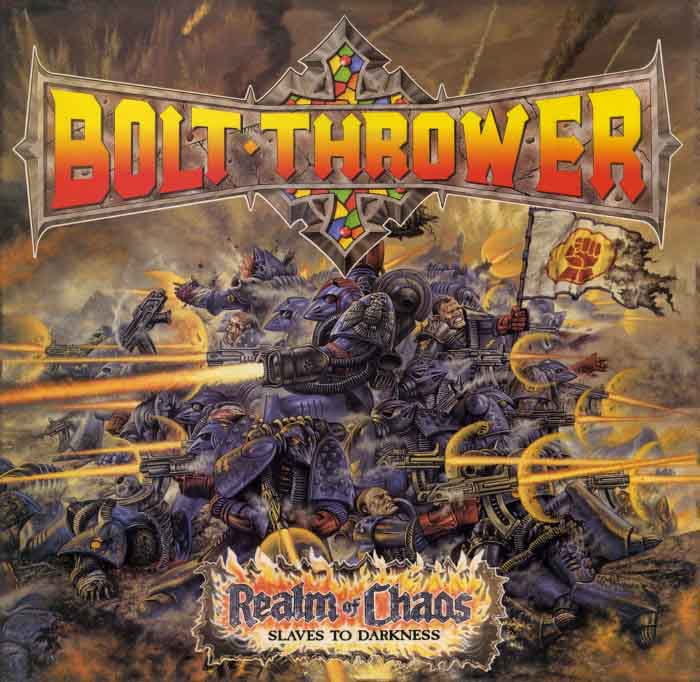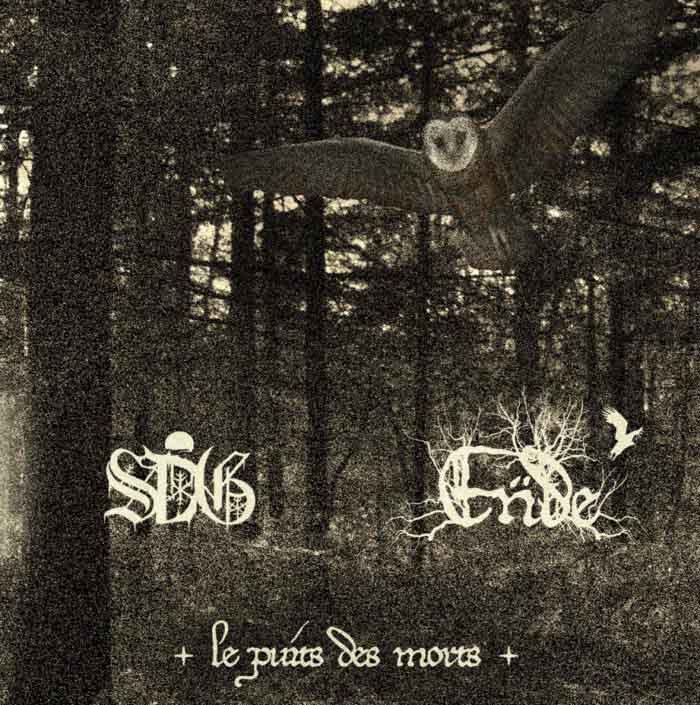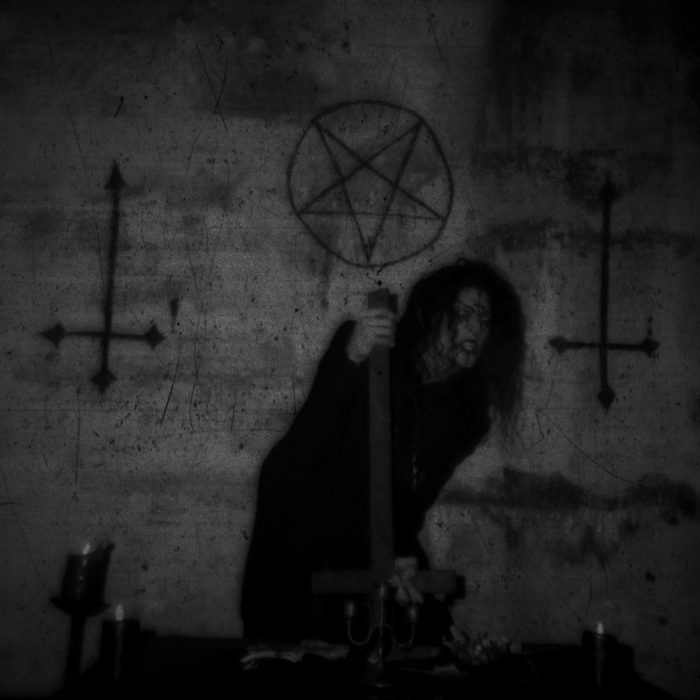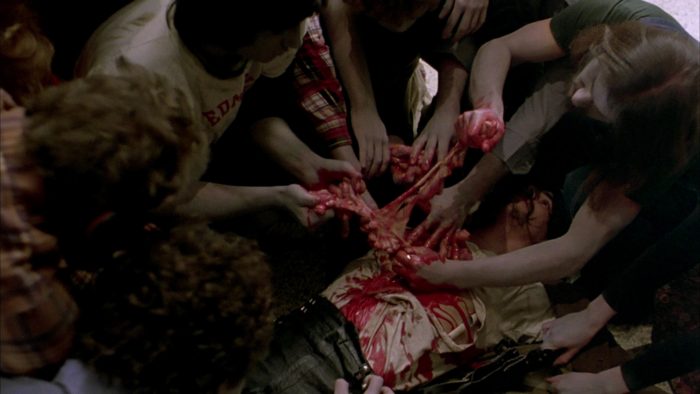
Starting in the mid to late Eighties, many of the originators of death and black metal started to commercialize their music into straight speed metal for mass appeal to a bar show, beer metal audience; social concert goers in the uniforms of leather jackets, band tees, and high tops who treated shows as a time to socialize and shoot the shit with their friends while listening to typical bands that never challenged their musical preconceptions or startled them away from their ritualized moshing. Just a few years prior, many of these types would’ve been the same idiots seen in Heavy Metal Parking Lot. While most of their peers moved on from Judas Priest to Motley Crue and Guns ‘n’ Roses, many listened to what was considered an “acceptable” fusion of heavy metal and radio rock played by groups like post-Ride the Lightning Metallica, Anthrax, and Testament.
(more…)
17 CommentsTags: beer metal, Bolt Thrower, death metal, Grindcore, Heavy Metal, In Battle There Is No Law, lame metal, mainstream metal, Metal Curmudgeon, Realm of Chaos, stadium rock











